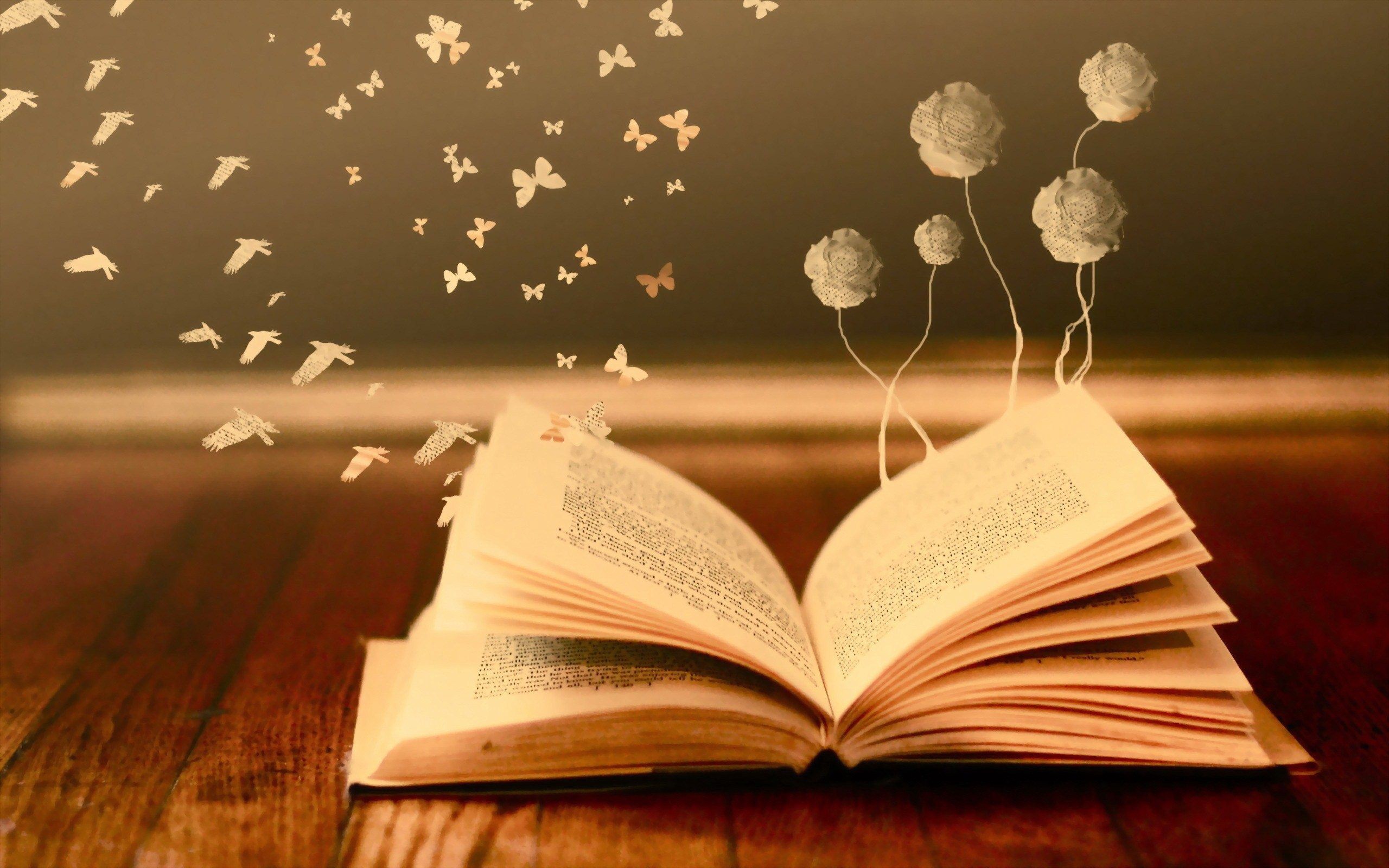
| introduction
My professor gave us this instruction for a writing assignment:
Begin and end the story with tangible images or action, not abstract thoughts.
And of course my INFJ mind winced because I could hang with abstract thoughts all day. (The deep-down, oft-ignored Se danced with joy.) What’s wrong with abstract thoughts? Well, categorically, nothing.
But it’s true: When I look back at my favorite books, I remember the stuff like a character’s quirky hairdo or a fascinating piece of worldbuilding. I may remember themes—I love themes—but really, it’s the “tangible images and action” that brings those themes to life and imprint them on my heart.
We’ve all heard it: “show, don’t tell.” But am I the only one who throws their hands up and wonders how exactly you do that? Maybe it should be obvious, but what does it look like to show instead of telling? Of course, the answer is to turn to your favorite books. See how they do it. Observe what kind of “tangible images or action” they use.
This is more than a writing assignment. This a celebration of the books I love and the details that make them come alive. It is for writers who, like me, want to make their words matter. It is for readers who, like me, want to uncover more gems in their favorites.
So here we go: a list of concrete, physical images and actions in my favorite books.

| details as icons: fantasy
The best and most obvious example of what I’m thinking of is the ring in Lord of the Rings. It’s a physical object that becomes the embodiment of the story. Not only can you envision it clearly while you read, but when you step away from books and happen upon gold rings in the real world, it brings the tale of Middle-Earth to mind.
That’s the key to these items and scenes I’m talking about: they infuse everyday objects with the memories and emotions of the story they inhabit. When you see them in your own life, you immediately think of the book they represent.
When I see a lamppost, I think of Narnia. When I pick up handkerchiefs in antique stores, I think of Bilbo in The Hobbit. When I walk by stacks of pewter bowls in a department store, I grin and flex my arms and think of Brandon Sanderson’s Mistborn series.
These are all fantasy examples, and it’s interesting to note that this incorporation of common objects into story emblems is a trope of the speculative genre in general (in all mediums, film included—a blue police box, anyone?). This is fantasy’s most beautiful and valuable offering: the ability to transform our seemingly mundane world by helping us see it in a different way.
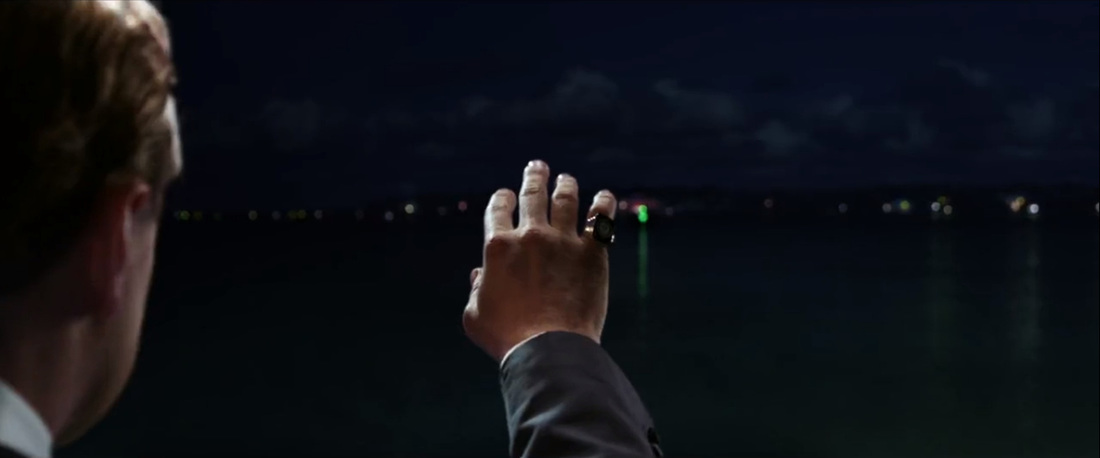
| details as icons: novels
But that’s a blog post for a different time. Let’s look to the classics now. Think about the lasting, provocative power of these images: a white whale, a scarlet letter, a green light at the end of the dock. What if those specific, vivid details were exchanged for abstract concepts?
If Herman Melville wrote about a “big, fearsome beast” or Nathaniel Hawthorn described Hester Prynne as walking around “shamefaced” or F. Scott Fitzgerald described Gatsby “longing for Daisy and thinking about her day and night”—if they had reduced their tangible images to general ideas, would we remember the stories as we do? Would they leave an imprint on our souls?
Maybe they would; it’s merely speculation. But what is not speculation is the fact that when I see a picture of a whale, particularly a pale-colored one, I shudder a little. When I see a fancy letter, particularly an A, embossed somewhere, I hear Hawthorne’s ringing cry in my mind: “Be true! Be true! Be true!” And sometimes at night when a light turns green, I think about a lonely man pining away and wonder what impossible dream I am pinning my hopes on.
Take the very end of The Giver: Instead of simply “walking toward the light” or experiencing a vague feeling of “light and warmth and freedom,” Lois Lowry describes the shocking cold of the snow and the exhilaration of flying downhill on a sled (the red sled itself is a kind of icon); Jonas hears the sound of singing and sees a house with lit windows. The whole scene is a sensory feast. It portrays “light and warmth and freedom” more clearly and with more emotional power than simply saying those words would have.
Basically: Themes have the greatest emotional impact when they are grounded in physical details. (Again, take the example of a gold ring that feels heavier than it looks.)
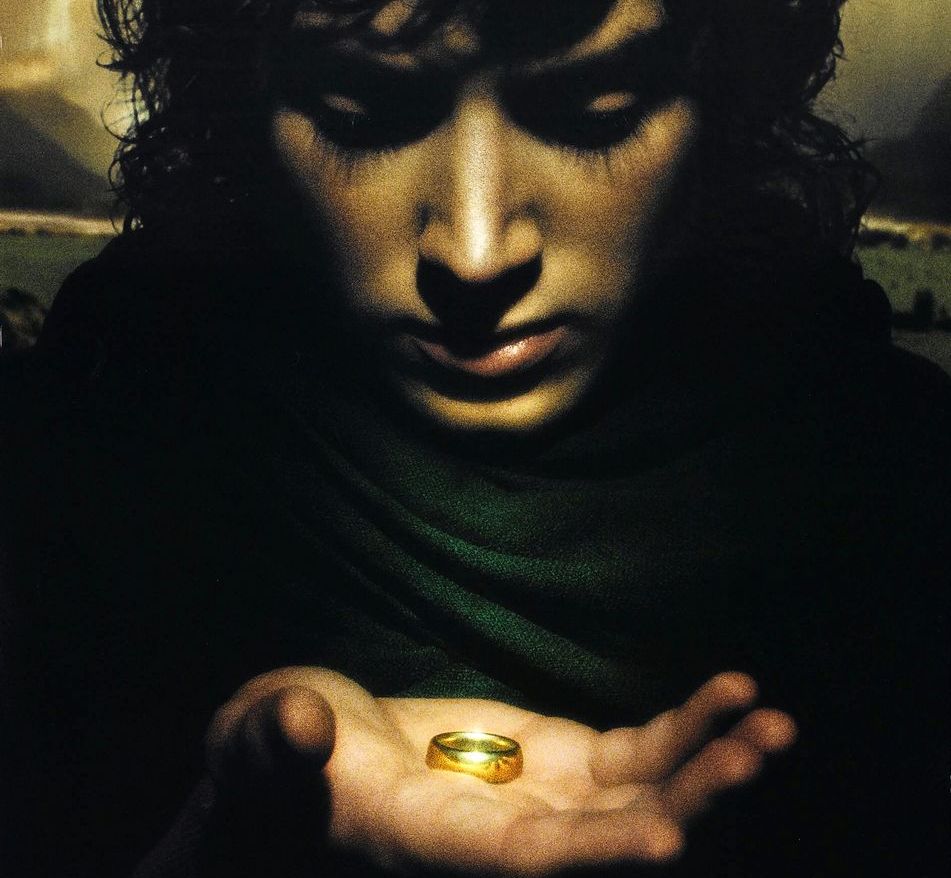
| details as entertainment: characters
But okay, it’s not always about the big, deep stuff. (Another INFJ wince.) Tangible details make the heart of a story stick—they hammer home the emotional and philosophical elements of books. But they also enhance the entertainment aspect. They make stories fun.
Consider characters, most people’s favorite part of books. All you need is one specific detail to make them come alive. I can list just one physical characteristic and you’ll know whom I’m talking about:
• red braids
• a lightning scar
• a handlebar mustache
• a pointy gray hat
• “fine eyes”
• a sister with brown braids and a sister with gold curls
(Let me know in the comments if you got all those—and if you have any to add to test me. =D)
There’s more: Wendell Berry’s Jayber Crow is bald young; Christopher Paolini’s Angela has a mass of curly hair. Annabeth has a Yankees baseball cap that makes her turn invisible (I WANT), and Piper has those little braids. Who can forget Reepicheep’s saber and tail or Lucy’s cordial? Good grief, N. D. Wilson’s Sam Miracle has snake arms. There is also, of course, Eugenides’ hook in Megan Whalen Turner’s The Queen’s Thief series.
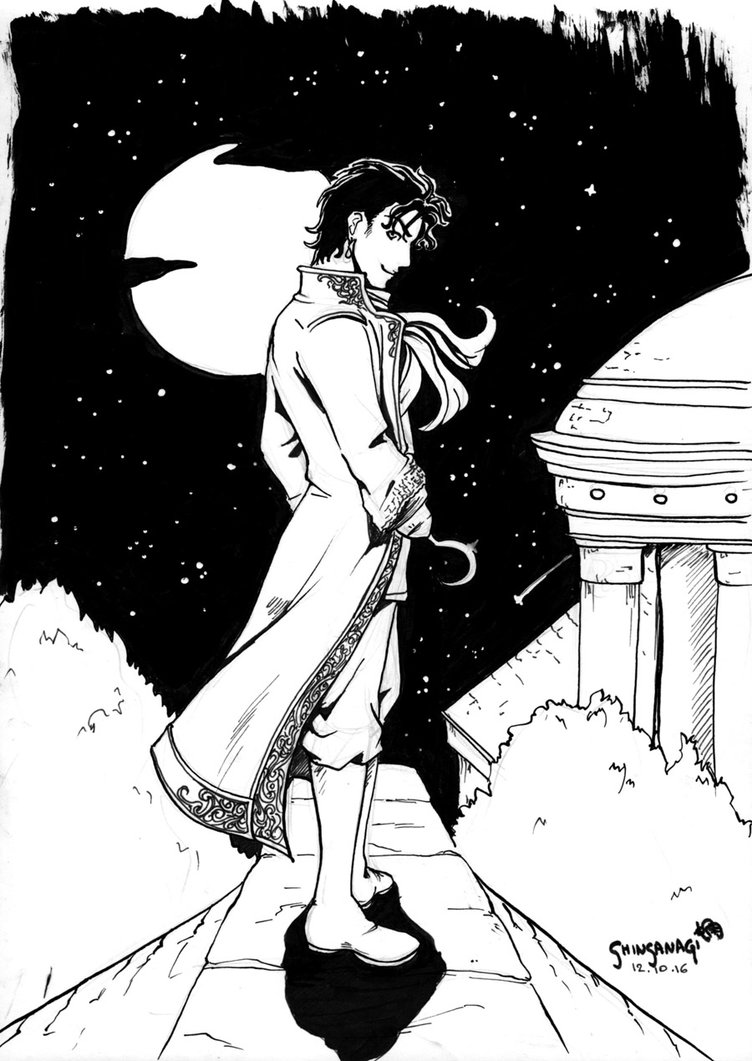
| details as entertainment: worldbuilding
Also, can we talk about worldbuilding? The two best in this area, in modern fantasy, are J. K. Rowling and Brandon Sanderson. Both shine in their creation of unique details. In Sanderson’s The Stormlight Archive, I love the inventions of safehands, the currency system of spheres, and the different colored wines in Alethkar. In his Mistborn series, coins hitting pavement, ash falling from the sky, and dark spires piercing the mist are clear, mood-setting images.
Rowling’s world is irresistible because she “magics” every detail, from mail (owls & Howlers) to transportation (brooms & Apparating & Floo powder) to school lists (sizes and kinds of cauldrons & pets & magical textbooks). And notice, I’m not even talking about either of these authors’ magic systems, both of which are brilliant. I’m just talking about the details of the worlds, of everyday life.
This ties into the next topic: that vital but allusive concept of relatability or “feeling real.” You know, the way books make your bedroom walls disappear and replace them with their world. They way they make you laugh out loud. Again, the devil—or rather, the delight—is in the details.
One of my most favorite books is Gary D. Scmidt’s Okay For Now, and it is full of these little, everyday moments that make the story leap off the page. They are moments that feel true, and they make whole story feel true, which makes me then care about the characters, and then I’m laughing and crying with them and before you know it I have absorbed this book into my life and it changes me.
And there I go, off into abstraction. Here are some of the details in Okay For Now that give it truth: drinking a really cold Coke, practicing screaming for a part in a play by imagining how you would feel at a really tense moment in a Yankees game, the weird quirk of a teacher who has a rocking horse (the faster it rocks, the happier the teacher is), how everyone hates banana bread. I haven’t actually experienced any of these things (except for the banana bread) but because they are so specific and physical I can still believe in them.

| details as entertainment: physical responses
There’s one more way details make reading fun, and that’s by creating a physical sensation in you.
This one is a little hard to describe, because I think wildly different scenes cause this to happen in different people. Here’s my example: there’s this scene in The Silver Chair where Jill Pole is at the giant’s castle and she’s going to bed. Before that, she has to take a bath. Because everything is made for giants, the bath is as big as a swimming pool and the towels are as long as rugs.
I was around nine years old when my dad read this book to me, and I still remember how I could feel the warm water and the scratchiness of the towels. I was literally jittery at the idea at being able to swim in the bath and roll around as crazily as you wanted on a towel.
I’m not sure I would have the same reaction if I encountered that scene for the first time today; that’s the fun of books, that they impact you differently at different times in your life. But the point is, certain scenes can produce physical reactions in us. They elevate our participation in the story from intellectual and emotional enjoyment to actual physical response. They literally make the story come alive. And, you guessed it, that can’t happen without details. Case in point, giant-sized bathtub and towels.
The same thing happened when my mom read the Little House on the Prairie to me. I still feel a shiver of both coziness and excitement when I think about Laura looking through the different colors of calico fabric for a new dress or watching Ma dye cheese by soaking carrots and squeezing the orange liquid into the milky mixture. I don’t know why those two vignettes stuck with me, but they have. And I know I’m not the only one whose stomach actually growled at her descriptions of meals in Farmer Boy.
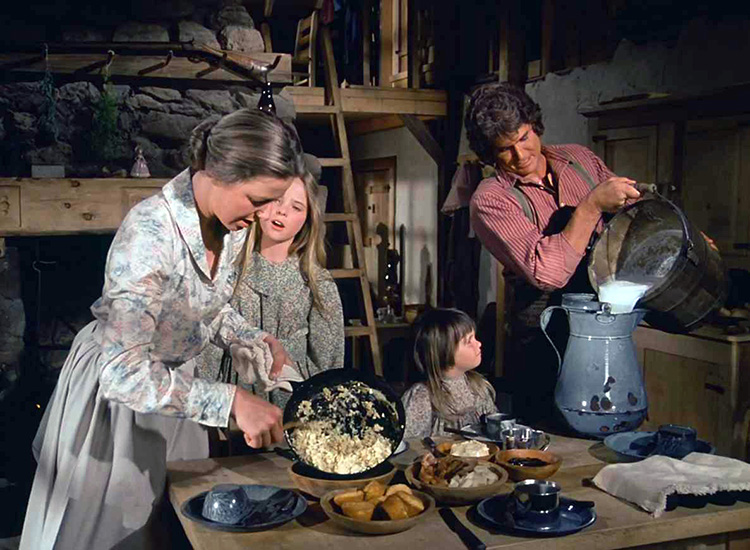
| in conclusion
Here, dear readers, is my attempt to tie these rambling threads together: My professor is right, “tangible images and actions” matter. They can be:
• an actual object central to the story (the gold bug in Edgar Allan Poe’s The Gold Bug)
• a mundane scene that evokes a physical response (the the way my mouth waters at the descriptions of different sandwiches Mrs. Murray makes in A Wrinkle in Time)
• a defining trait of a character (Lord Peter Wimsey’s monocle)
• a glimpse into everyday life that makes a story feel real (how Mrs. Weasley does the cooking and cleaning with magic)
Their uses vary but the point is the same: they are specific, vivid, tangible details without which the story would be flat and forgettable. For someone like me, who can easily slip into philosophical ponderings and abstract characterizations, this is vital to remember.
Even if you aren’t a writer, noting the details that make your favorite books come alive will help you appreciate them more. Maybe it will even help you determine what it is about books that draw you in so you can find more with those attributes.
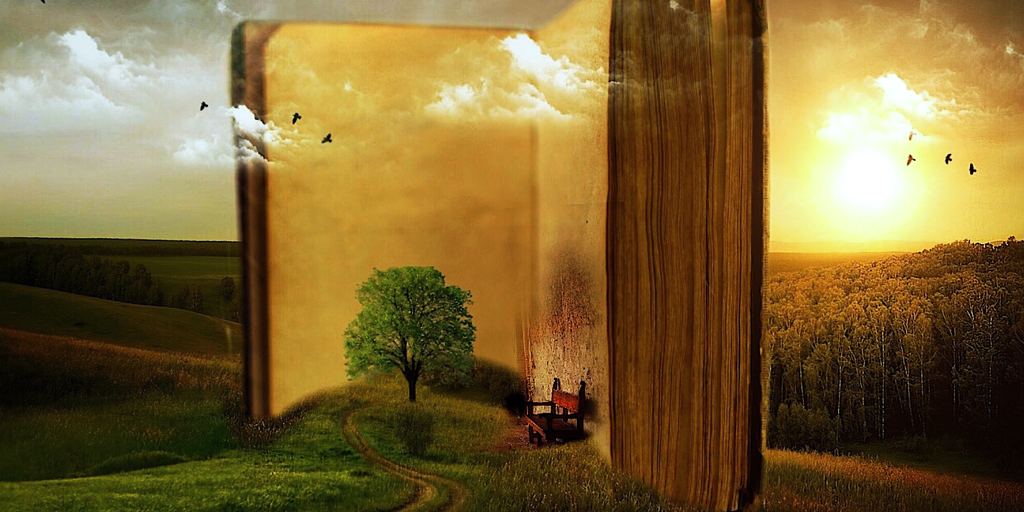
| your turn
These objects and scenes have been piling up in the storehouse of my mind for years now, and I’m fascinated by why they’re still there. I’m fascinated by how these images from stories have slowly changed the way I see and experience things in real life. And I’m fascinated by the fact that we each have a slightly different collection.
Leave a comment